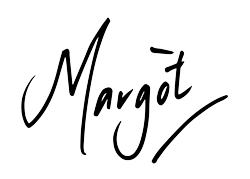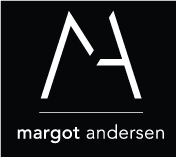‘Tell me and I’ll forget; show me and I’ll remember; involve me and I’ll understand”
– Chinese Proverb
There is no doubt that the role of the leader is changing. With greater diversity than ever before in our workforces, in the markets we operate and in the way we work, you could be forgiven for feeling a little daunted by understanding what it will take in five, ten, fifteen years to successfully lead.
In a world that is often characterized by VUCA (high levels of volatility, uncertainty, complexity and ambiguity) how do you plan, make decisions and influence for the future? How do you help people feel comfortable, confident and purposeful in the unknown? The trick is in helping them see that they are not navigating it on their own – that they are a part of something greater than themselves and that their ideas and contributions are not just valid but expected and welcomed.
The recent Deloitte report Fast Forward: Leading in a brave new world of diversity noted that there is an increasing need for leaders to be highly inclusive if they are to successfully lead and leverage the opportunities presented by a diverse workforce. When leaders do learn to become truly inclusive they capture a competitive advantage not just for themselves, but also for their teams and organisations. The reality is diversity itself is not enough – it’s how we capture the potential that is presented by it. If diversity is the glue, then inclusion is in knowing how to use the glue so that the right knowledge, skills, ideas and networks stick. Essentially we need to cultivate an inclusive culture and way of working in order to experience the benefits of diversity.
When we fail to act inclusively the result can be both polarizing and compromising. Failing to consult with a diverse representation of the business or with only a select few often sees the ‘exclusive’ and political mindset emerge. As a result people feel cut out of the loop and unable to see where their contribution is valued. Power plays start to emerge where people withhold information, ideas and networks and silo thinking becomes all too apparent. Disinterest and disengagement then become the real risk with highly talented people leaving and those that are unmotivated and resistant staying.
It is no secret that inclusive environments are strongly correlated with increased performance with a higher return on productivity and investment. If we feel a part of something that allows us to create and contribute meaning and value we are more actively engaged and motivated. We are also more likely to step out of our comfort zone and take on new challenges – to proactively face change rather than fear it. Inclusion is also associated with increased levels of well being and feelings of mutual respect and value. As a result consistency of performance and employee retention is maximised.
So what are the key traits of inclusive leadership? The research and subsequent report produced by Deloitte identified six signature traits of inclusive leaders in terms of what they think about and do. I would encourage you to consider how you can develop and include them in your own leadership toolkit:
- Commitment: Inclusion requires us to actively commit to being open to learning and embracing new ways of thinking, doing and behaving.
- Courage: To speak up, challenge and question the status quo of ourselves, others and the systems and processes we have within our businesses requires courage as it often means talking about imperfections.
- Cognisance: Inclusive leaders are very self-aware and act with this in mind. They acknowledge that despite the best intentions they and their organisations are at risk of unconscious bias and actively seek to put in place policies and frameworks to prevent them from acting on them.
- Curiosity: Highly inclusive leaders are constantly curious about different ideas and experiences that enable growth. They actively seek out new people, knowledge and ideas to propel themselves and their business forward.
- Cultural Intelligence: In recognizing that not everyone sees the world through the same cultural frame we need to understand how our own culture, assumptions and stereotypes influence others and their behaviours.
- Collaboration: No individual is greater than the team around them. Organisations that embrace and prioritise collaboration develop greater momentum and are twice as likely to outgrow their competitors.
As always I would love to hear your thoughts.


